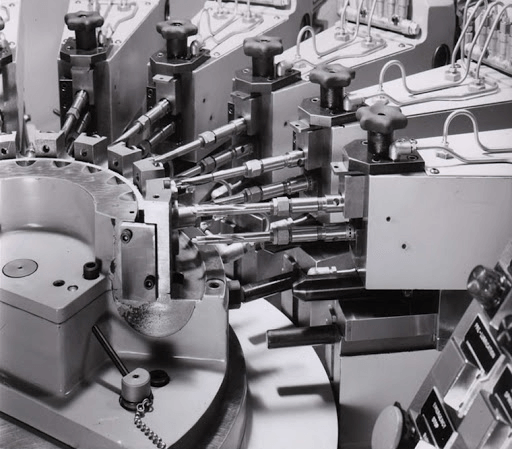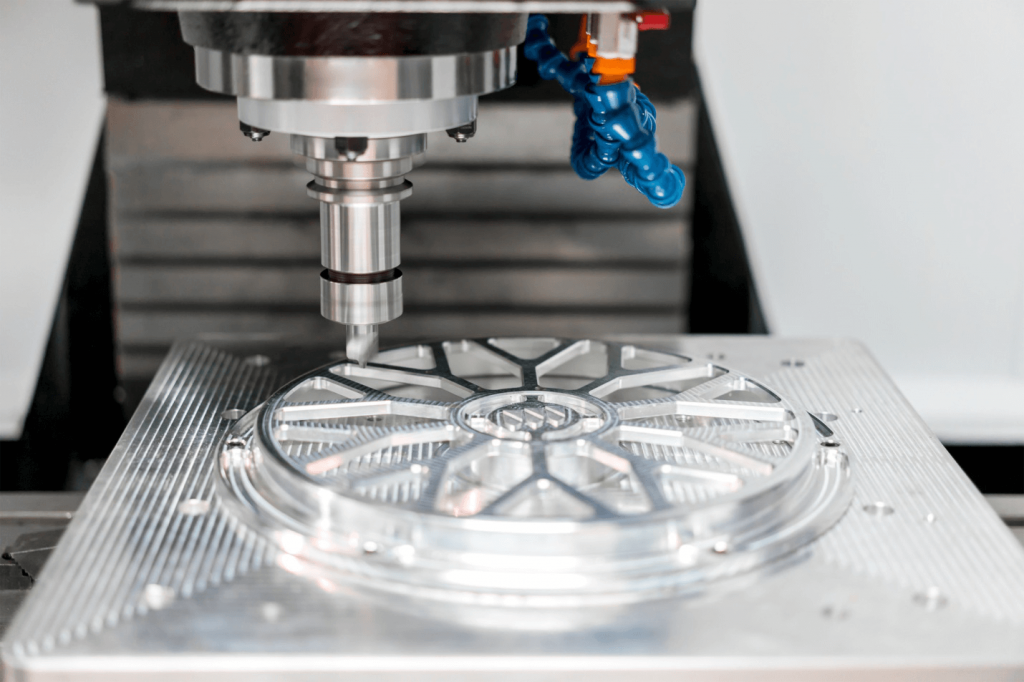Stampaggio rapido utensili: qual è la differenza tra stampaggio diretto e indiretto?
Una guida completa per comprendere gli strumenti rapidi per le tecniche di stampaggio
Rapida stampaggio degli utensili introduction
Lo stampaggio rapido con utensili è l'argomento più popolare nel settore negli ultimi anni. La tecnologia di stampa 3D è una delle tecnologie di prototipazione rapida.
Similarly, RP technology, as the name implies, is a technology that can produce the required prototype in a short time. Rapid prototyping technology is a new type of manufacturing technology developed in the 1980s.
Unlike traditional cutting, stampaggio rapido degli utensili uses a layer-by-layer material accumulation method to make a solid model.
3D SYSTEMS in the United States first publicized the system of liquid manufacturing. Many advanced countries have successively developed various RP systems.
Today, the main stampaggio rapido degli utensili technology fulfills many classifications. The main purpose of RP is:
- design visualization
- design verification and review
- functional testing, etc
In the process of new product development, RP can optimize product design and shorten product development cycle. Similarly, it also reduces development costs.
What is Rapid tooling molding?
Lo stampaggio rapido con utensili is simply the use of rapid prototyping. Its purpose is to directly or indirectly quickly produce small quantities of production mold.
With RT technology, we can make products quickly. Hence, we can increase rapid manufacturing.
We can divide the production of stampaggio rapido degli utensili into:
- direct modeling method and
- indirect modeling method
What is direct Rapid tooling molding?
The so-called direct modeling method means that the processed shape is the mold during RP processing.
What is indirect Rapid tooling molding?
The indirect modeling method is that the shape of the product we want to obtain in the RP stage. Moreover, it is remade to obtain the mold.
The direct molding method mostly uses the powder-based rapid prototyping system. We use it to directly produce male and female molds.
Its forming characteristics are to use a scanning CO2 laser to scan the powder. Moreover, it uses the layered method to directly Production of metal material workpieces.
It can withstand higher loads or molds for mass production. For example, stampaggio rapido degli utensili Pro Metal from Extrude Home… etc.
Among them, DTM’s SLS process is the most representative. Therefore, the principle is to use special metal powder. It directly manufactures male and female molds by the SLS rapid prototyping system.
The process of Lo stampaggio rapido con utensili
The finished product is called “Green Part”. And then the crude embryo put the binder into a furnace to melt out the binder.
The finished product is called “Brown Part”. Finally, the Brown Part is copper-infiltrated in a high-temperature furnace.
Generally, indirect molding method is to use stampaggio rapido degli utensili to duplicate molds.
Indirect magical techniques:
- include RTV Silicone Rubber Mould
- Investment Casting
- Resin based Mold,
- and Metal Spray Mold
- 3D System etc.
Compared with traditional molds, the biggest advantage of rapid molding is its low development cost. Similarly, it saves a lot of time too.
However, the cost of equipment and materials is quite expensive. And it costs more than 10 million NT dollars to move.
The application of Rapid tooling molding
Popularization is only limited to academic units for research use. At present, the rapid molds used in domestic development are mainly silicone molds.

Moreover, the production parts are about ten pieces. Furthermore, the materials and types are limited. And the development of more than one hundred plastic products will take enough time.
Obviously, the cost is very economical. The resin type stampaggio rapido degli utensili belongs to the indirect molding method. The main advantage is that we can apply it to plastic injection molding molds.
It depends on the characteristics of the resin materials. The molds made can reach tens to hundreds of mold times. Even The usage of thousands of molds is enough to meet the small batch production needs of the industry.
Rapid tooling molding Advantages
Although RP has many technical advantages in new product development, the industry needs Rapid Tooling more than RP!
It is especially for the manufacturing industry. Simultaneously, Rapid molding has many material restrictions.
- Few types
- inability to scale mass production
- and high cost
It makes it difficult to become the mainstream manufacturing technology for production line applications. In the RP seminar in 1997, many presenters repeatedly emphasized. “Do not stop after prototype”. It means to emphasize the importance of subsequent rapid tooling (RT) process.
Rapid tooling molding vs conventional injection molding
The principles and practices of conventional injection molding have been in use for over a century. Therefore, these are well understood in the sector. The use of durable plastic parts 3D printers is fairly recent.
The advantage of 3D printing stampaggio rapido degli utensili is that it can create previously impossible geometries. These are huge engineering advantages. That cannot be done conventionally or without high costs.
3D printing generally creates layered parts, which allows for a clear finish.
We are also seeing improvements in the speed with which finished parts are printed with HP’s Jet Fusion line.
Those who use HP 3D printing technology have important advantages:
Reduction of time to market
With HP’s automated material preparation and post-production station, businesses can optimize their workflow.
Fast and cheap large-scale production of prototypes and functional parts
Production times can plan more accurately and predictably to increase overall operational efficiency.
The principles and practices of conventional injection molding have been in use for over a century. These are well understand in the sector. The use of durable plastic parts 3D printers is fairly recent.
The advantage of 3D printing rapid molding is that it can create previously impossible geometries. These are huge engineering advantages that cannot do conventionally or without high costs.
3D printing generally creates layered parts, which allows for a clear finish.
We are also seeing improvements in the speed with which finished parts are printed with HP’s Jet Fusion line.

Subsequently, those who use HP 3D printing technology have important advantages:
Reduction of time to market
With HP’s automated material preparation and post-production station, businesses can optimize their workflow.
Fast and cheap large-scale production of prototypes and functional parts
We can plan production time more accurately and predictably to increase overall operational efficiency.
Rapid tooling molding Conclusione
The traditional rapid molding time usually takes 1 to 3 months. If you encounter more complex molds, the processing time will increase.
In addition, the mold repair time will consume more time and cost in mold making.
Compared with RT, the paperclip collection box in this case only takes 7 working days.
Generally, it greatly reduces the time for mold opening. Lo stampaggio rapido con utensili production program allows developers to master the:
- entire design
- manufacturing and
- production process
This happens under simultaneous engineering. Moreover, it achieves the purpose of shortening the manufacturing time. Furthermore, it improves the traditional manufacturing process.




